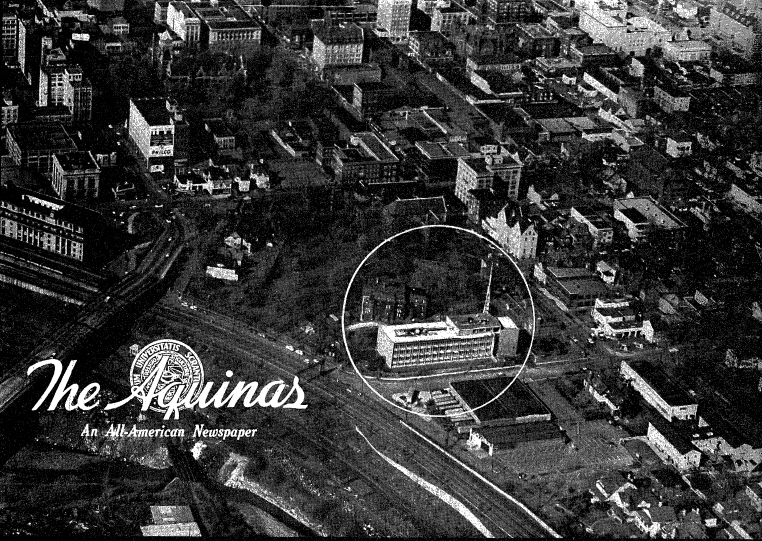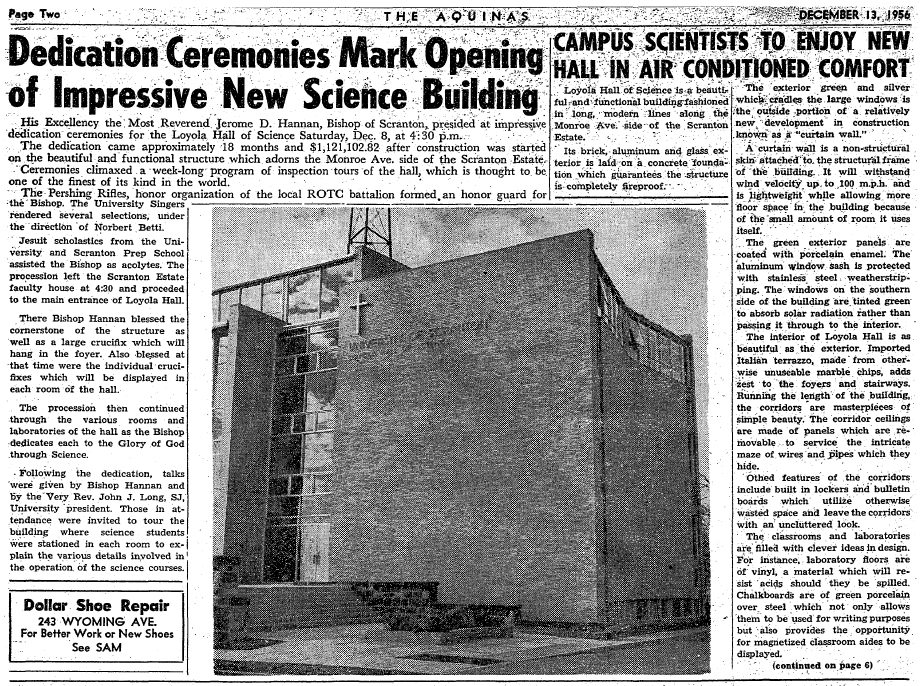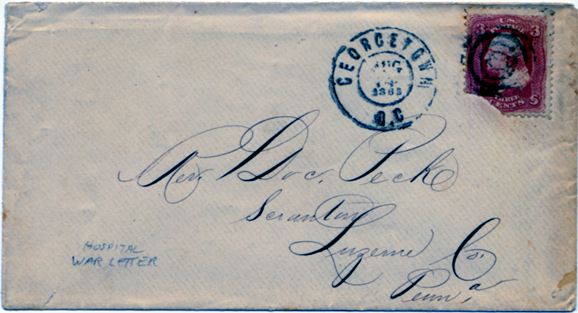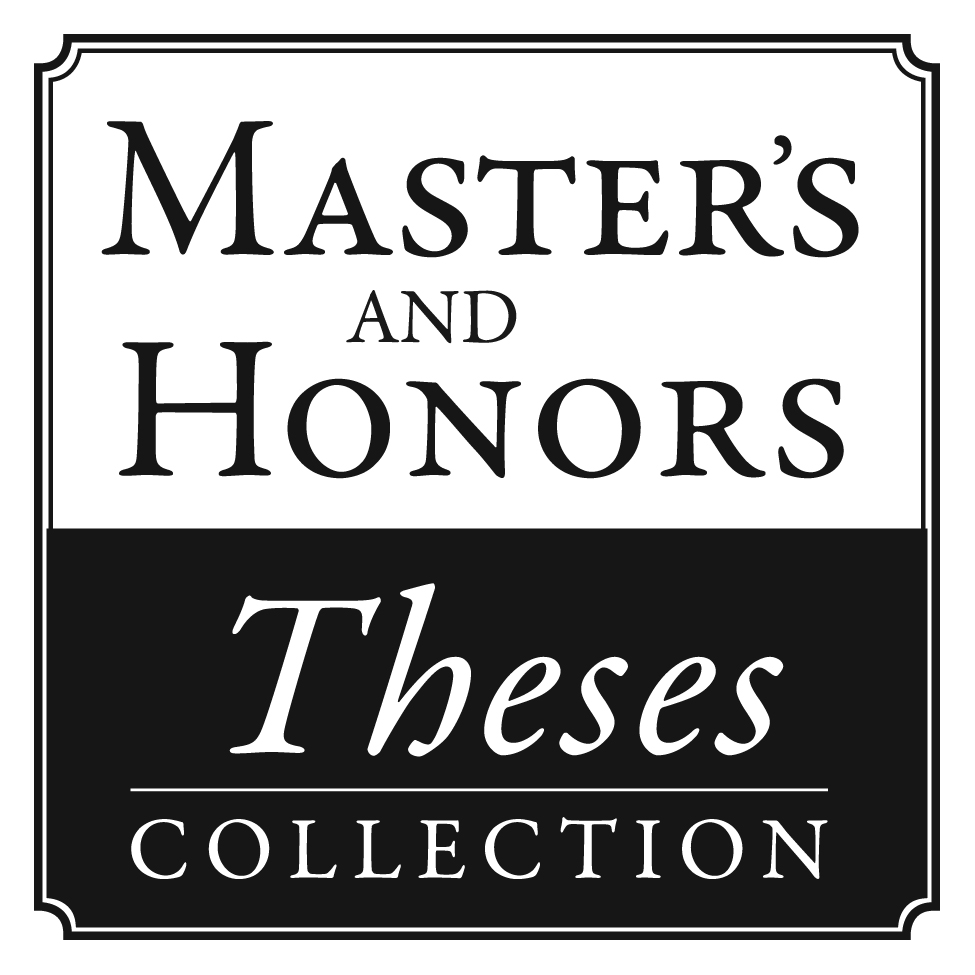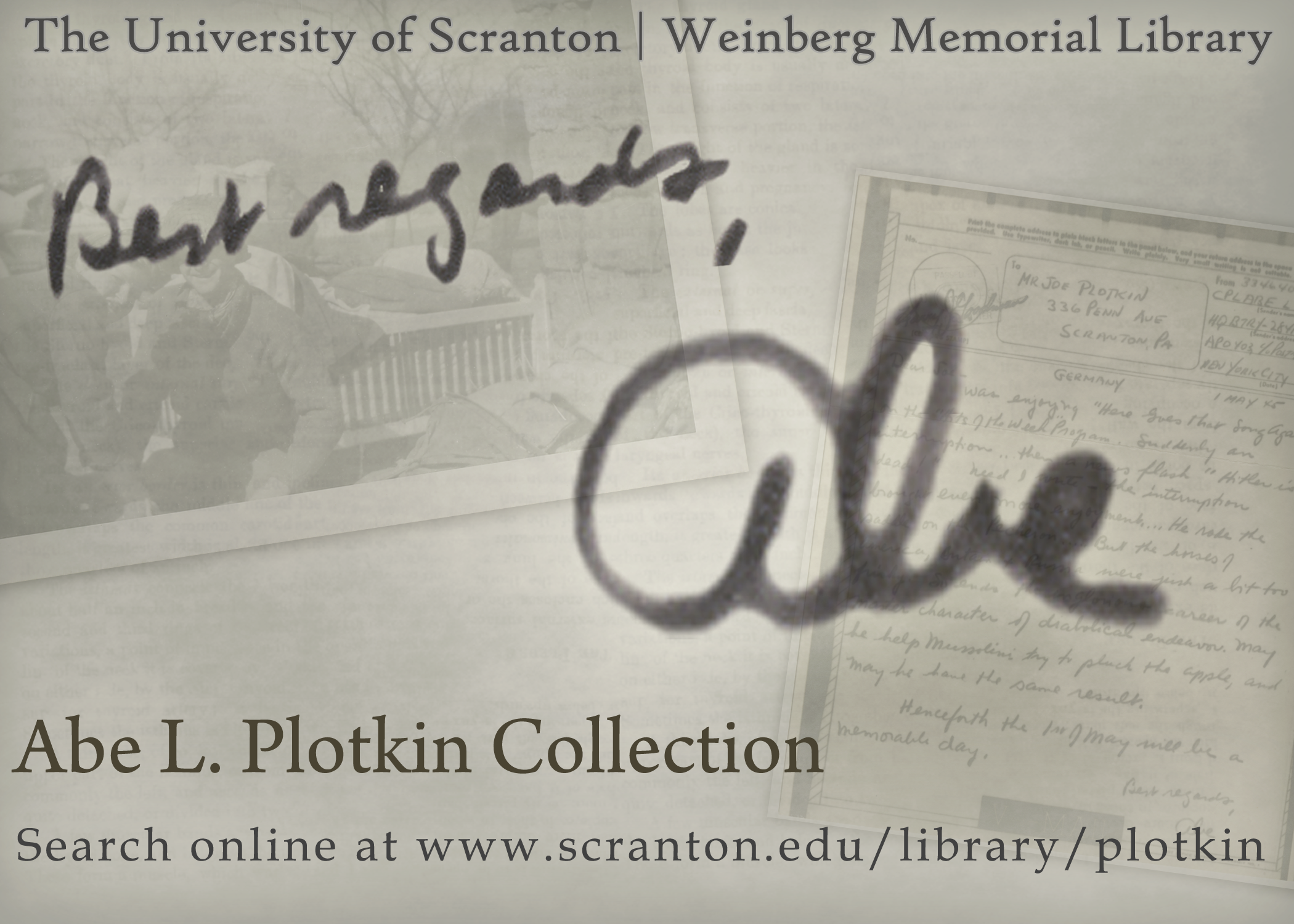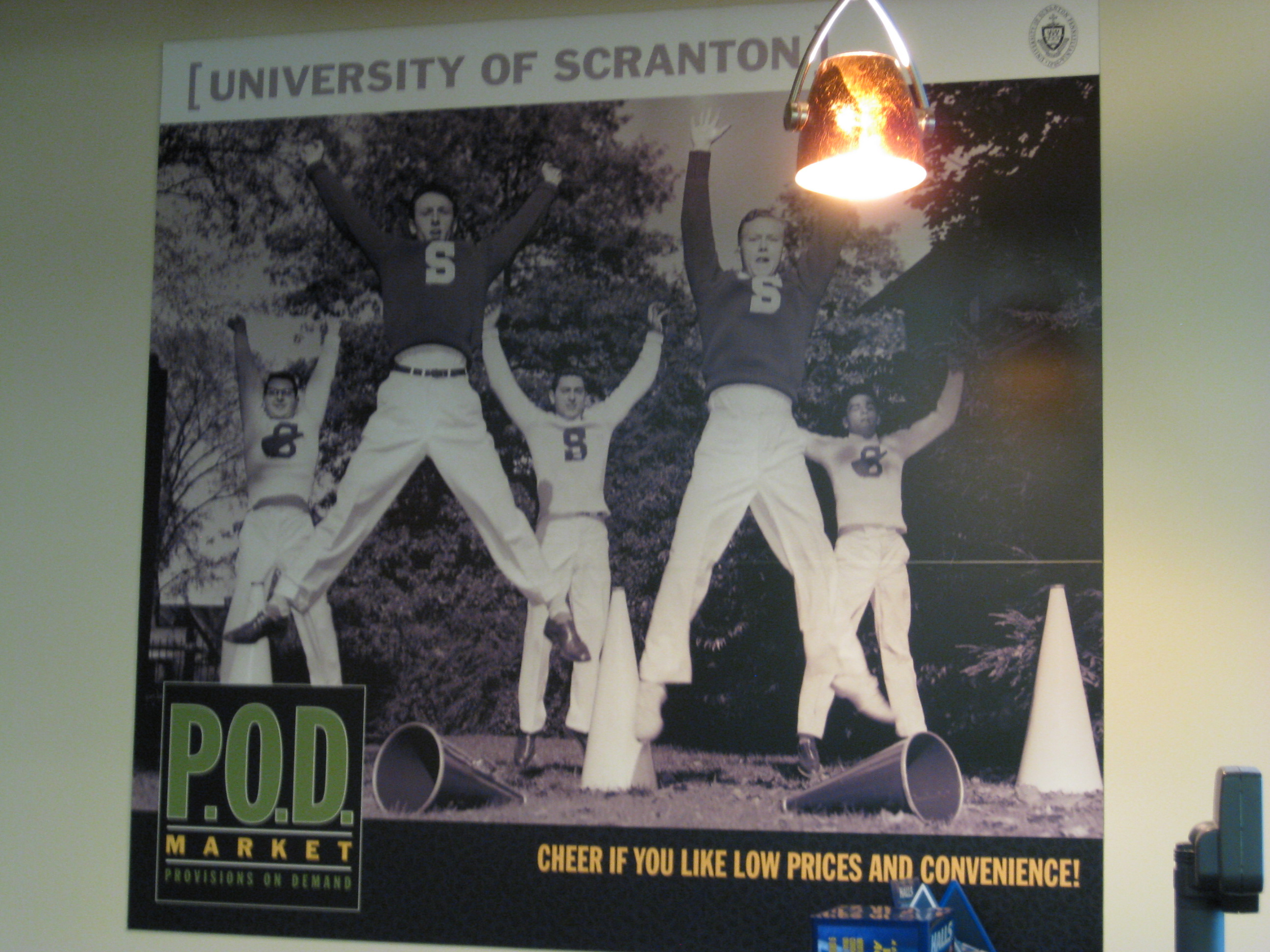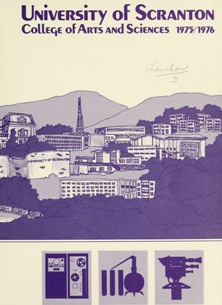The Heritage Room is currently featuring an eye-catching exhibit of Alphabets from the Zaner-Bloser Collection.
During the late 19th and early 20th centuries, Zaner-Bloser was a leader in penmanship and calligraphy instruction. The Company produced manuals providing examples of elaborate Roman, Medieval, Decorative, and Shaded or Spencerian alphabets. The Company also retained the original large format penwork for the manuals and the exhibit will present approximately 70 examples of this original pen artwork. The exhibit will emphasize the work done by Charles Paxton Zaner (The Zanerian Manual of Alphabets), Daniel Ames (Ames Compendium of Practical and Ornamental Penmanship), Henry Flickinger (Practical Alphabets), and S.C. Malone along with other scribes.
For a sample of some of the alphabets found in our exhibit, please check out our Pinterest Board of Zaner-Bloser Alphabets.
The exhibit opened January 30 and will run through April 5, during normal Library hours.
Please contact Michael Knies Michael.Knies@Scranton.edu 570-941-6341 for more information.










